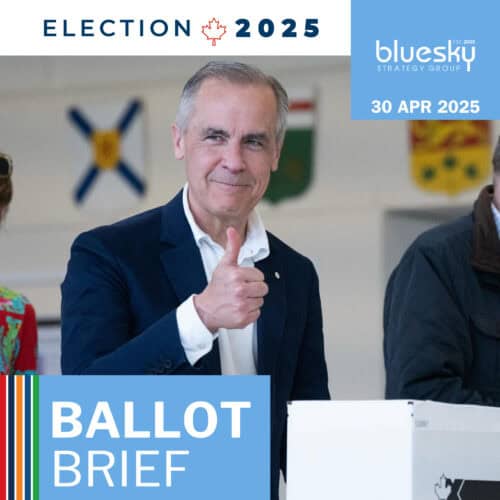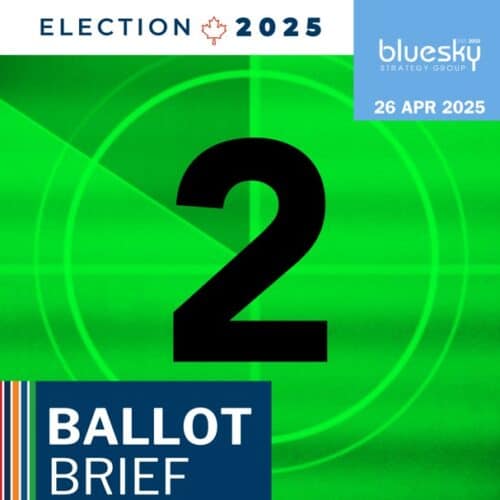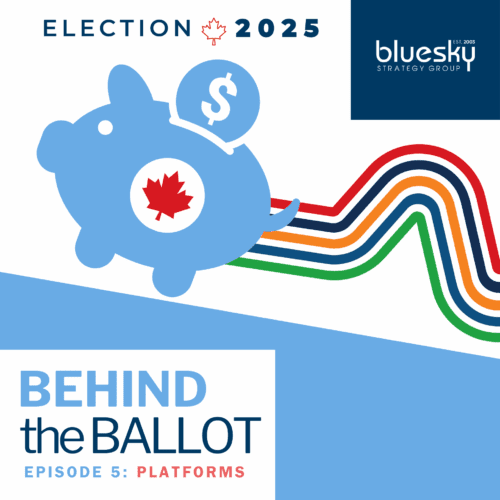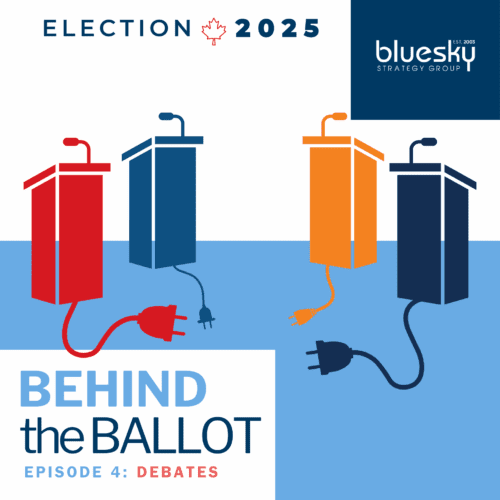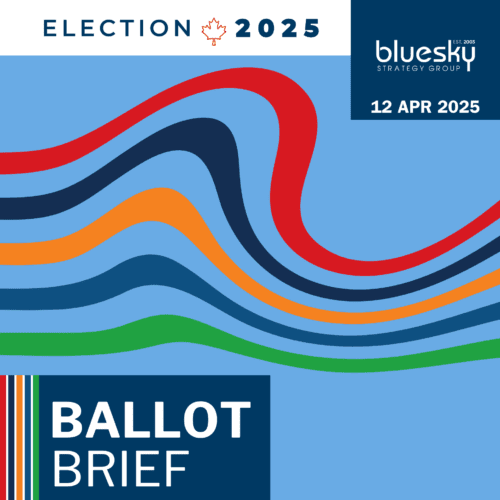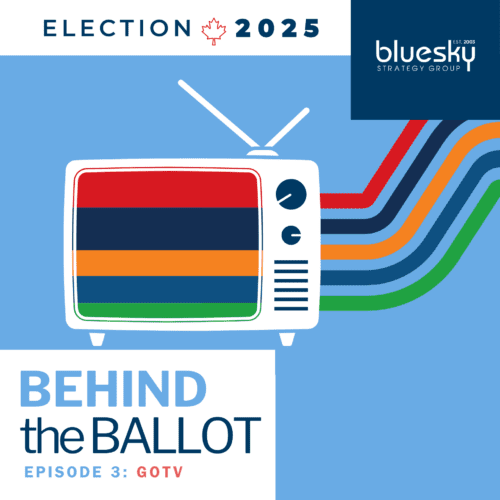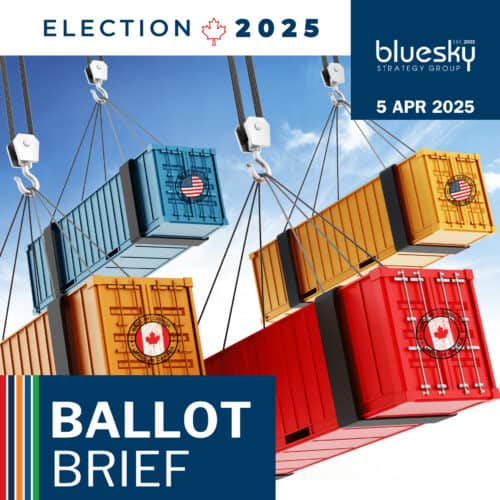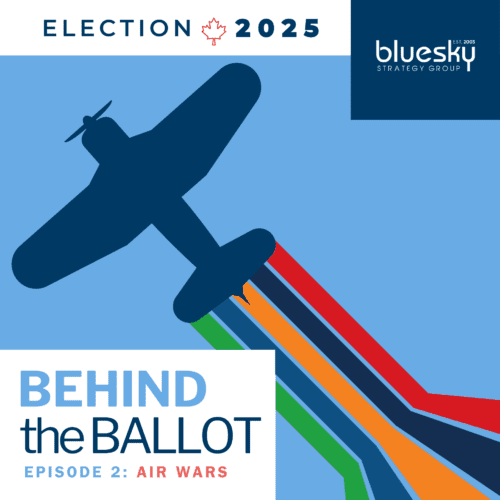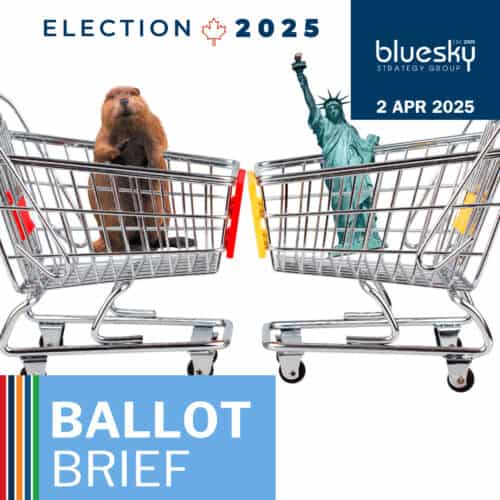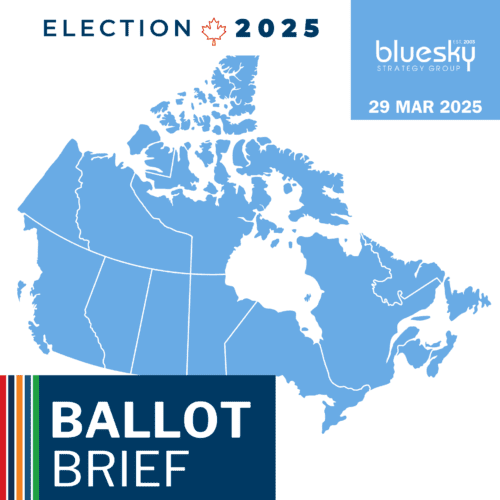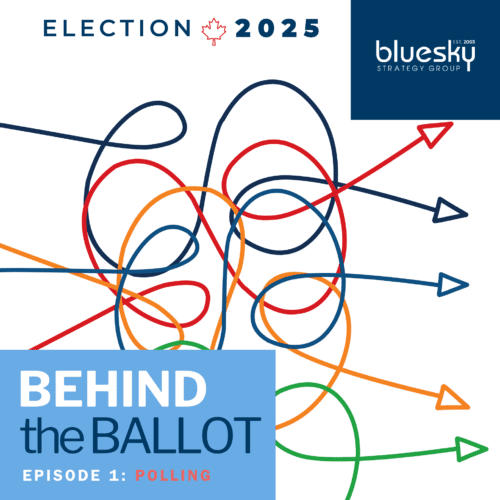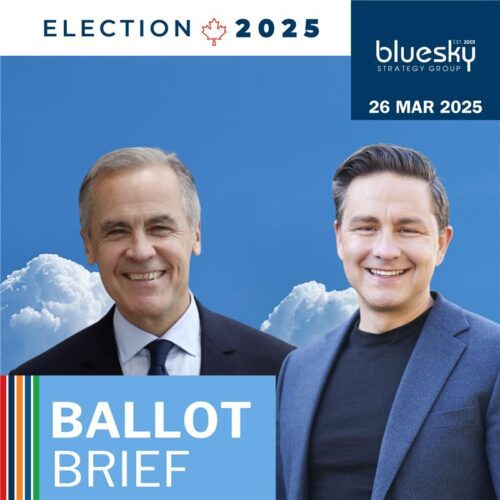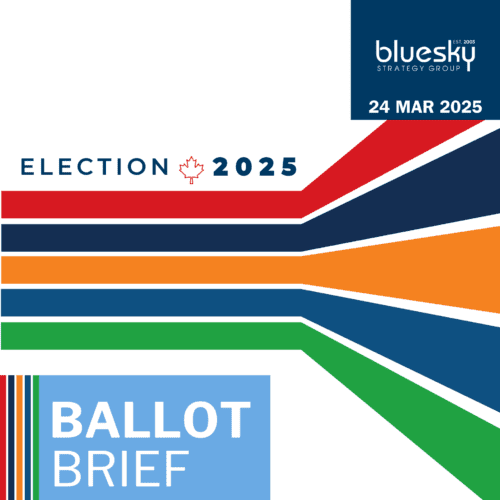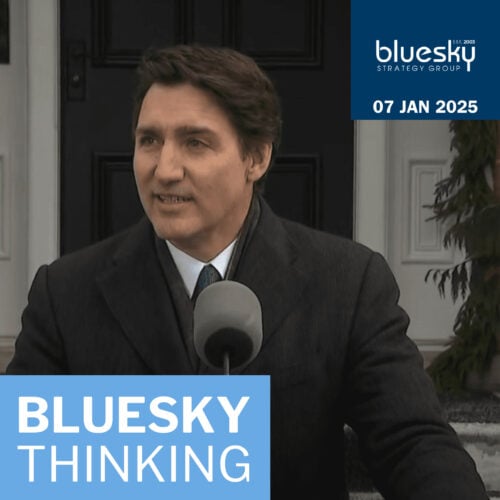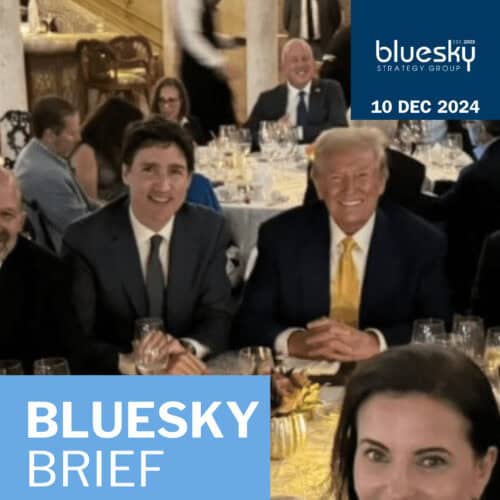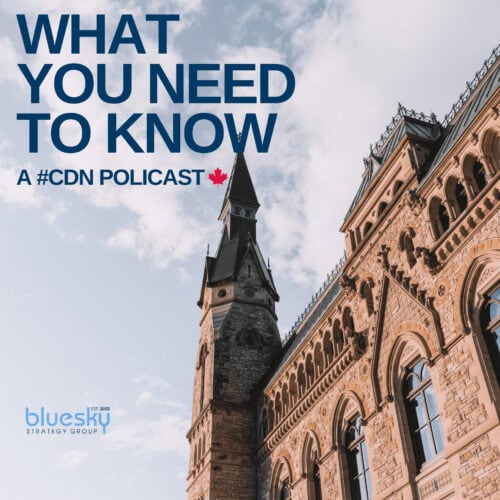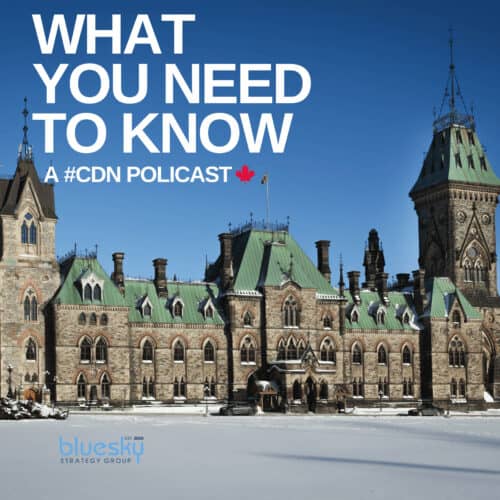Insights from Alyson Fair, Senior Consultant
Two weeks ago, U.S. President-elect Donald Trump posted this post on his Truth Social platform.
Trump’s tariff threat signals an intended policy direction, creating uncertainties in trade and diplomacy. With just a border between us, Canada is the United States’ most important trading partner. That is why, since this comment was made, Canada’s federal and provincial governments have implemented a Team Canada strategy that began with Prime Minister Trudeau travelling to Florida for a meeting with Trump shortly after the tariff threat was made. It should be noted that Trudeau is the first G7 leader to have an in-person meeting with Trump since he won the election on November 5.
The latest threat by Donald Trump is not a surprise for Canadians and is a place that politicians and corporate leaders are all too familiar with. In Trump’s first White House trip, he was adamant about renegotiating NAFTA. The new agreement included more U.S. access to Canadian supply-managed sectors like dairy, allowing for cheaper online cross-border shipping. It required higher levels of North American content in vehicles.
The president-elect knows that the current CUSMA contains a six-year renegotiation clause that he insisted on being included in the agreement. The first review comes up in 2026, and all three countries will have to confirm in writing if they wish to extend or renegotiate the agreement. Given President-elect Trump’s assertion that this will be a day-one initiative, does he have the legal ability to impose the 25 per cent tariff on all goods coming into the United States without violating CUSMA?
After looking into this question, the answer appears to be no, but it depends on the specific legal and procedural details.
- CUSMA’s Current Terms: The six-year renegotiation clause allows for a review of the agreement in 2026 but does not permit unilateral actions like imposing sweeping tariffs outside of the agreement’s established rules. Until a renegotiation is completed and ratified, the current terms of CUSMA remain binding.[i]
- Exceptions for Tariffs: Under CUSMA, tariffs can only be imposed under specific circumstances, such as anti-dumping or countervailing duties, or national security concerns under Article 232 of U.S. trade law[ii]. Imposing a 25% tariff broadly on all imports would not align with these exceptions and could breach the agreement.
- Dispute Resolution: If such a tariff were imposed without justification under CUSMA’s framework, the federal government, along with Mexico, could initiate a dispute resolution process. They might also retaliate with countermeasures permitted under the agreement.
In other words, unless Trump’s 25 per cent tariff falls under an existing CUSMA exception or is negotiated during the review process in 2026, imposing it unilaterally would likely violate the agreement and trigger legal and economic consequences. Given Prime Minister Trudeau’s hasty trip to Florida on Friday, November 27, just days after Trump’s proclamation, and his all-party leaders’ meeting this week, Canadian policymakers are taking the threat seriously and are taking every measure to shore up a Canada-first response.
With a strong possibility of President-elect Trump imposing a 25 per cent tariff on all goods coming into Canada, Bluesky clients should consider the following public affairs considerations before Inauguration Day on January 20, 2025:
- Engage with Policymakers:
Collaborate with industry associations or directly engage policymakers to advocate for tariff exemptions or other measures to mitigate the impact. - Strengthen Communication Strategies:
Work on messaging and public relations strategies to reassure stakeholders, including customers, investors, and employees, about your plans to adapt and stay resilient. - Monitor Developments Closely:
Stay informed about trade policy updates and work with trade consultants or legal experts to understand how changes might affect your business.
Bluesky can assist by helping clients craft advocacy strategies, navigate regulatory challenges, and develop tailored communication plans to address potential disruptions.

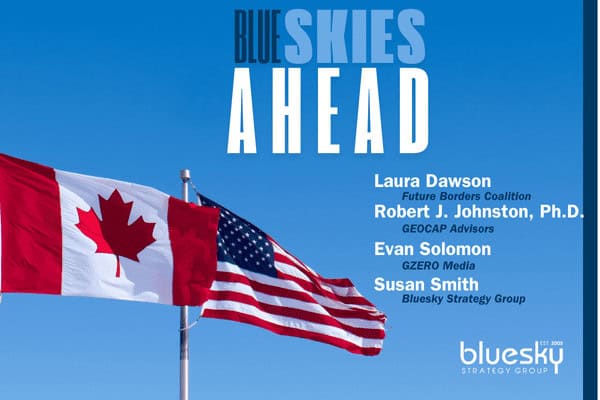
After Donald Trump’s election, Bluesky hosted an engaging webinar, Blue Skies Ahead. Moderated by Principal Susan Smith, the discussion featured Laura Dawson of Future Borders Coalition, Robert Johnson of GEOCAP Advisors, and Evan Solomon with GZERO Media, who explored what a second Trump presidency could mean for Canada-US relations.
The panel talked about potential challenges, like higher tariffs that could disrupt trade and drive up costs, and stressed the importance of strategic planning and partnerships to handle these issues. They also discussed key topics including border security, immigration, and energy policy, highlighting the need for Canada to take a proactive role in areas like defence procurement and critical minerals development.
The consensus? Canada will need a deal-focused, pragmatic approach to tackle the expected challenges effectively.
If you would like to revisit parts of the conversation as it pertains to tariffs, we’re pleased to share the full recording on our YouTube Channel.

This summer, Bluesky produced a document titled A Presidency According to Project 2025: Understanding Trump 2.0. This analysis focused on four key areas within Project 2025 that are most relevant to our clients and outlined recommended changes for the new administration to implement within its first 180 days in office. Please contact Bluesky Strategy Group for a copy.
[i] Government of Canada, “Canada-United States-Mexico Agreement (CUSMA) – Chapter 34: Final Provisions,” last modified 2019-12-05, accessed November 29, 2024, https://www.international.gc.ca/trade-commerce/trade-agreements-accords-commerciaux/agr-acc/cusma-aceum/text-texte/34.aspx?lang=eng.
[ii] U.S. Department of Commerce, “Section 232 Steel,” accessed November 29, 2024, https://www.commerce.gov/issues/trade-enforcement/section-232-steel#:~:text=Under%20Section%20232%20of%20the,threat%20to%20US%20national%20security.

